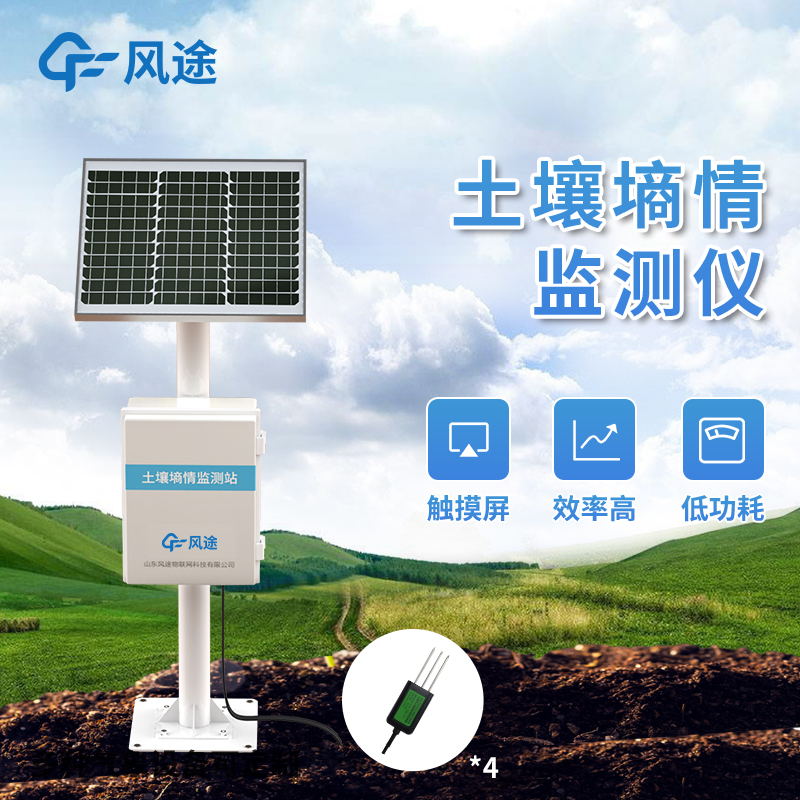Shandong Fengtu IOT Technology Co., Ltd
Sales Manager:Ms. Emily Wang
Cel,Whatsapp,Wechat:+86 15898932201
Email:info@fengtutec.com
Add:No. 155 Optoelectronic Industry Accelerator, Gaoxin District, Weifang, Shandong, China

Sales Manager:Ms. Emily Wang
Cel,Whatsapp,Wechat:+86 15898932201
Email:info@fengtutec.com
Add:No. 155 Optoelectronic Industry Accelerator, Gaoxin District, Weifang, Shandong, China
time:2024-05-24 08:37:02 source:Weather Station viewed:316 time
The goal of high yields in agricultural cultivation requires an in-depth understanding of the growing environment of crops, and monitoring plays a crucial role in this process. Through accurate monitoring, we can gain a detailed understanding of the growth habits of crops, including their needs for light, temperature and water, as well as their resistance to pests and diseases.
Soil is the foundation for crop growth, and monitoring soil conditions such as pH, moisture, and nutrient content at the planting site is critical to ensuring healthy crop growth. The vagaries of weather have a direct impact on crop growth, so real-time knowledge of weather changes, such as rainfall, temperature fluctuations, wind speed, etc., is equally important for taking timely countermeasures to ensure crop growth.
Agricultural cultivation in pursuit of high yield, moisture detection equipment plays a key role. Such equipment can monitor the moisture status of the soil in real time, helping farmers to know exactly the moisture conditions required for crop growth. Through soil moisture sensors, farmers can obtain accurate data on soil moisture and irrigate in a timely manner to ensure that crops are supplied with the right amount of water.
The automated and intelligent nature of moisture detection devices allows farmers to remotely monitor soil conditions, effectively manage irrigation systems to avoid over- or under-irrigation, and improve water use efficiency. In addition, these devices can be combined with information such as weather forecasts and crop growth models to provide farmers with a more comprehensive planting management plan.
With this data provided by moisture devices, farmers can better plan their planting cycles and optimise their crop cropping structure, thus achieving sustainable agriculture while maintaining soil health.

Ventilation parameters such as airflow and air volume are critical to mine safety and they must be accurately measured and controlled. The use of portable anemometers ensures that these parameters can be measured with the required accuracy, thus providing a strong guarantee for safe mine production....
Pore water pressure gauges are indispensable and important instruments in the field of geotechnical engineering, mainly used for accurately measuring the pore water pressure in soil or rock masses.Its working principle is based on the pressure - sensing mechanism. When the pore water in the soil or...
Buoy water quality automatic monitoring station through on-site testing and real-time online monitoring, to help river management departments and users to grasp timely and accurate water quality information, for users to reflect real-time changes in water quality, management of water quality to prov...
What are the roles of meteorological environment monitors? In real life, people's demand for meteorological services is increasing, and there is a keen need for more accurate and timely access to all kinds of weather information. Therefore, meteorological environment detectors have gained wide a...